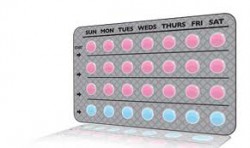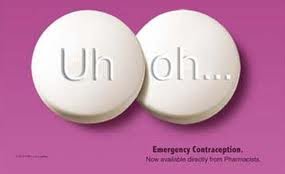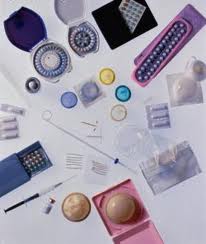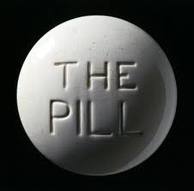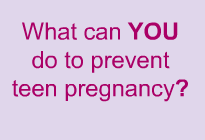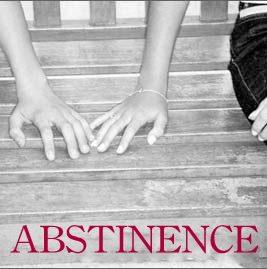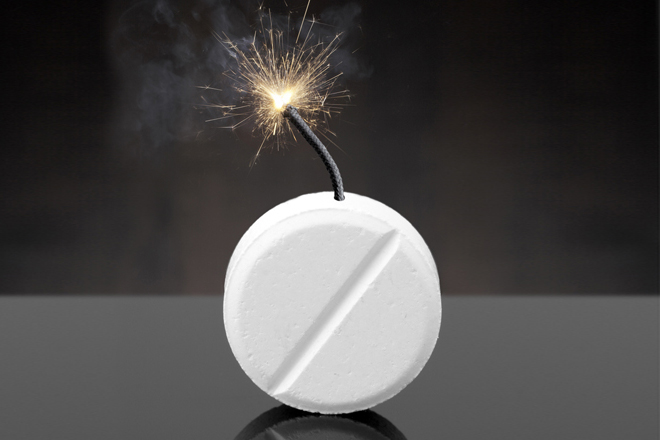Finding the best teen birth control is one of the best ways to help cut down on the growing number of teen pregnancies that occur in the United States each year. When it comes to teen birth control, there are a few options that are better than others. Keep reading to learn more.
There are some types of teen birth control methods that are better for teens to use because of ease of use and the level of hormones being put into the system. An unexpected pregnancy as a teen can be a devastating occurrence. It might change the entire course of his or her life to discover they are about to become parents. That is why it is so important for teens that are sexually active to learn the basics about having safe sex and protecting themselves from STDs and unintended teen pregnancy. Finding the best teen birth control for your teen, if you are a parent, is the first step. If you are a teen, it is important to know your options when it comes to having sex safely without the unwanted consequence of becoming a parent too soon before you have the resources to properly care for that baby. However, it is always important to keep in mind that abstinence or refraining from sexual intercourse is the only 100 percent effective way to prevent unintended pregnancy or STDs. There are also many types of birth control that do not even protect against STDs.
Types of Teen Birth Control:
To start, the pill is one of the most often prescribed methods of birth control. The birth control pill can also be acquired by teens without a parent’s permission even if they are under age 18. However, they still must be prescribed from a doctor or health care professional at a clinic or doctor’s practice. There are many free health care clinics like Planned Parenthood that assist those who cannot afford to pay for birth control get access to birth control as needed.
The pill is often the most prescribed method of birth control because it is the easiest to take. Simply take one each day and use a backup method of birth control like a condom or spermicide if you happen to forget the pill. Doctors will often prescribe a low-dosage of the birth control pill to teens because the influx of too high of hormones might create worsened side effects that typically come with the pill anyway like increased moodiness or weight gain. Too high of hormones can also make you feel sick, so a lower dosage that slowly increases from week to week throughout the month is a good way to get your body to adjust to the pill.
Another effective method of birth control is the condom or spermicide. Both of these methods of teen birth control are available over the counter and are easy to use. However, they are considered to be slightly less effective than other types of hormonal birth controls. The failure rate is about 15 and 25 percent for the condom use and spermicide. It is also important to learn how to use these methods of birth control properly as a teen so you don’t increase your instances of broken condoms and an increase for an unintended pregnancy. The convenience of condoms also includes the fact that it is one of the only ways to prevent against STDs. You must use a barrier method of birth control like the condom or even female condom to prevent against STDs that can be spread through intercourse.
Other types of birth control include the depo shot and IUD (inter-uterine device). However, both of these types of birth control include high levels of hormones. The depo shot also must be given every couple of months, so that means multiple trips to the doctor’s office throughout the year in order to keep up on this. If a teen does not have insurance, this is definitely not the best option for teen birth control because it might get pretty expensive. The IUD is another option but must be both inserted and removed by a doctor or medical professional. Again, this might mean multiple visits to the doctor each year. However, the IUD does typically last up to several years unless it for some reason falls out accidentally. Because of the high hormone levels in the IUD, this is also not typically the best method of teen birth control.
As a teen or as a parent of a teen, the most important thing to remember when it comes to types of teen birth control is to make sure and choose an option that the teen will be responsible enough to use. If taken incorrectly, just about anyone can get pregnant while on the pill. Be sure the teen is aware of exactly how to use the birth control in order to find the best type of teen birth control.
Sources: webmd.com
